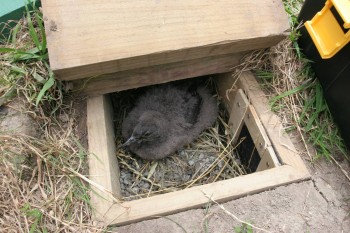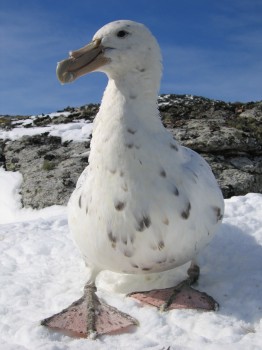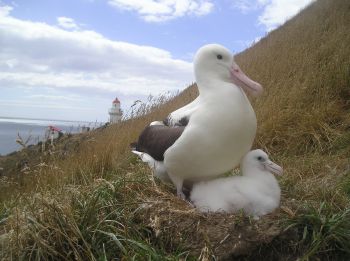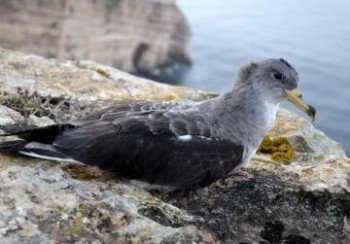Leigh Torres (Marine Mammal Institute, Department of Fisheries and Wildlife, Oregon State University, Newport, Oregon, USA) and colleagues have published in the open-access, online journal PloS ONE on modelling at-sea distribution of ACAP-listed Grey Petrels Procellaria cinerea from three different populations.
The paper’s abstract follows:
“Species distribution models (SDMs) are increasingly applied in conservation management to predict suitable habitat for poorly known populations. High predictive performance of SDMs is evident in validations performed within the model calibration area (interpolation), but few studies have assessed SDM transferability to novel areas (extrapolation), particularly across large spatial scales or pelagic ecosystems. We performed rigorous SDM validation tests on distribution data from three populations of a long-ranging marine predator, the grey petrel Procellaria cinerea, to assess model transferability across the Southern Hemisphere (25-65°S). Oceanographic data were combined with tracks of grey petrels from two remote sub-Antarctic islands (Antipodes and Kerguelen) using boosted regression trees to generate three SDMs: one for each island population, and a combined model. The predictive performance of these models was assessed using withheld tracking data from within the model calibration areas (interpolation), and from a third population, Marion Island (extrapolation). Predictive performance was assessed using k-fold cross validation and point biserial correlation. The two population-specific SDMs included the same predictor variables and suggested birds responded to the same broad-scale oceanographic influences. However, all model validation tests, including of the combined model, determined strong interpolation but weak extrapolation capabilities. These results indicate that habitat use reflects both its availability and bird preferences, such that the realized distribution patterns differ for each population. The spatial predictions by the three SDMs were compared with tracking data and fishing effort to demonstrate the conservation pitfalls of extrapolating SDMs outside calibration regions. This exercise revealed that SDM predictions would have led to an underestimate of overlap with fishing effort and potentially misinformed bycatch mitigation efforts. Although SDMs can elucidate potential distribution patterns relative to large-scale climatic and oceanographic conditions, knowledge of local habitat availability and preferences is necessary to understand and successfully predict region-specific realized distribution patterns.”
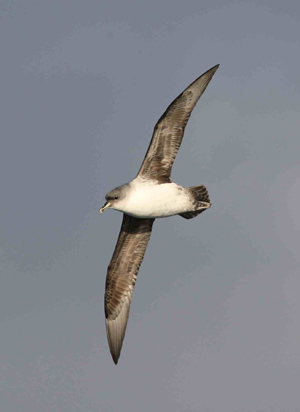
Grey Petrel at sea, photograph by Peter Ryan
Reference:
Torres, L.G., Sutton, P.J.H., Thompson, D.R., Delord, K., Weimerskirch, H., Sagar, P.M., Sommer, E., Dilley, B.J., Ryan, P.G. & Phillips, R.A. 2015. Poor transferability of species distribution models for a pelagic predator, the Grey Petrel, indicates contrasting habitat preferences across ocean basins. PloS ONE DOI: 10.1371/journal.pone.0120014.
John Cooper, ACAP Information Officer, 12 March 2015

 English
English  Français
Français  Español
Español 